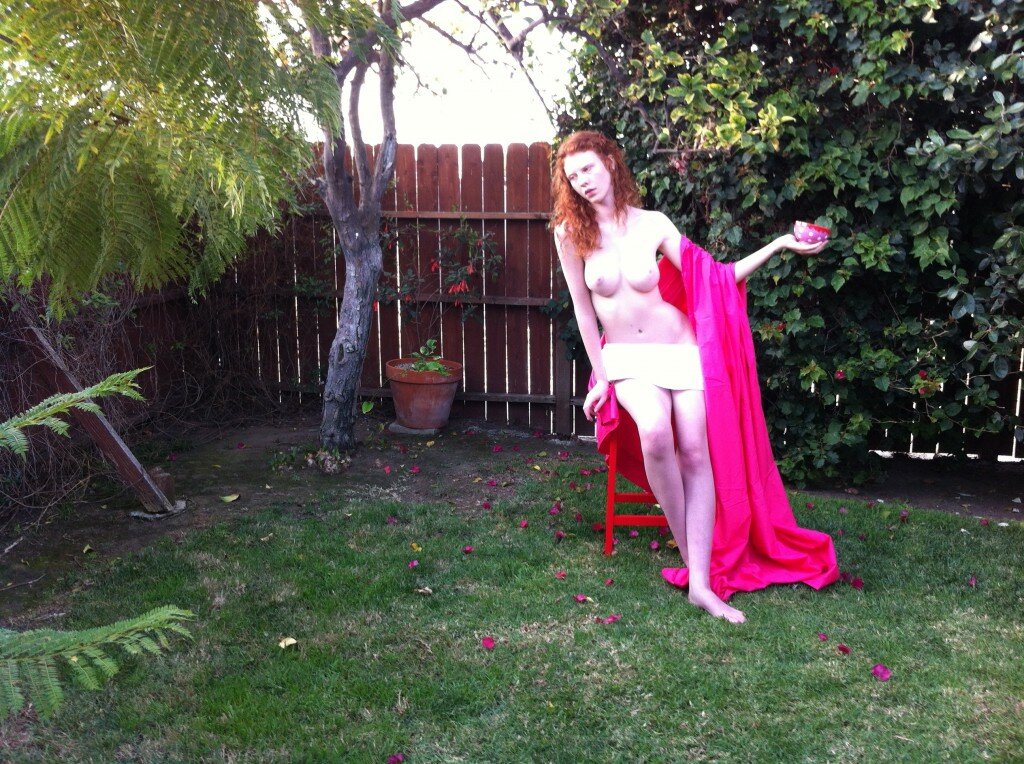
I’m not going to go into detail trying to describe Audrey Wollen (aside from telling you that I would like her to be my best friend so that we can discuss feminism, make art, and cry together in public places – is that creepy?) because the incredibly intelligent artist does a damn fine job of speaking for herself. The 22 year old self-described “trans-atlantic baby” grew up between London and Los Angeles, and currently attends the art program at Cal Arts. She doesn’t have a website because she’s “phobic about solidifying my identity on the internet” but has an Instagram () where she showcases much of her art, including a series of photos of herself as iconic paintings, which I would probably also do if I had her pre-Raphaelite, other-worldly beauty. Wollen is currently working on a project called Sad Girl Theory, which I will let her tell you about because she is far more well-spoken and articulate than I am, and because I need to refrain from gushing about her further before she takes out some sort of restraining order.
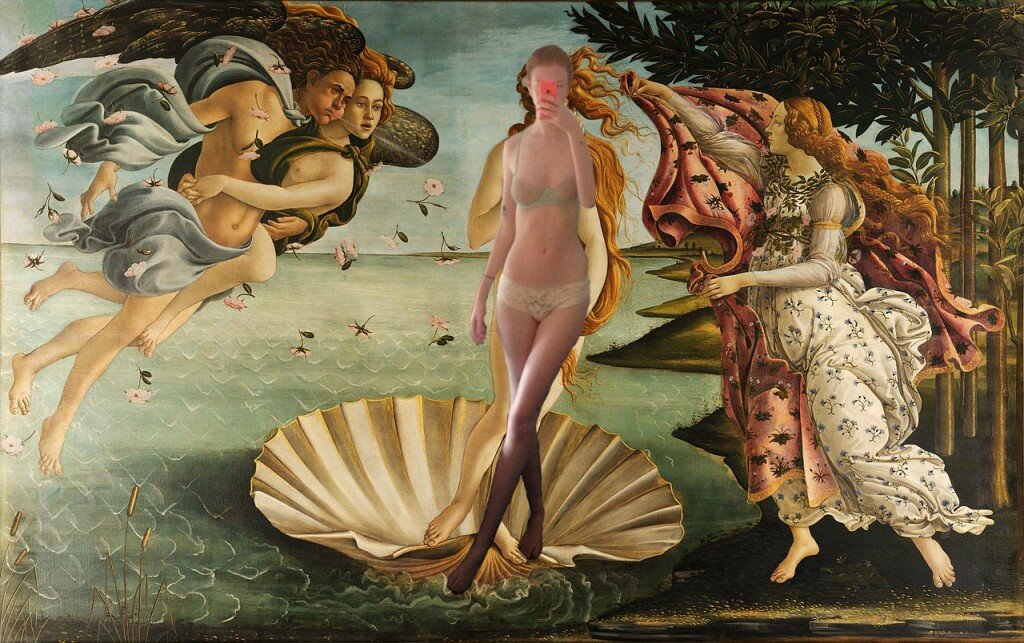
Tell me about Sad Girl Theory.
A: Sad Girl Theory is a gesture of research that is structured around the idea that the internalized suffering women experience should be categorized as an act of resistance. Our cultural understanding and history of protest is limited to people throwing bricks through windows or thousands of bodies taking to the streets — even our ideas about “non-violent” protests involve some sort of externalized push against the perceived stillness of the status quo. I’m trying to reveal how narrow that definition of activism is, that there was actually a whole lineage of women who resisted the oppressive structures through what has been incorrectly defined as passivity. Sorrow, weeping, starvation, and eventually suicide have been dismissed as symptoms of mental illness or even pure narcissism for girls. I’m proposing that they are actually active, autonomous, and political as well as devastating.
How long have you been working on this particular project?
A: It has been defined as Sad Girl Theory since early 2013, partly in response to the “metaphor” proposed in Tiqqun’s ‘Preliminary Materials for a Theory of the Young-Girl’ that I found really dismissive. But the project itself encapsulates and coalesces streams that have been running through my whole life.
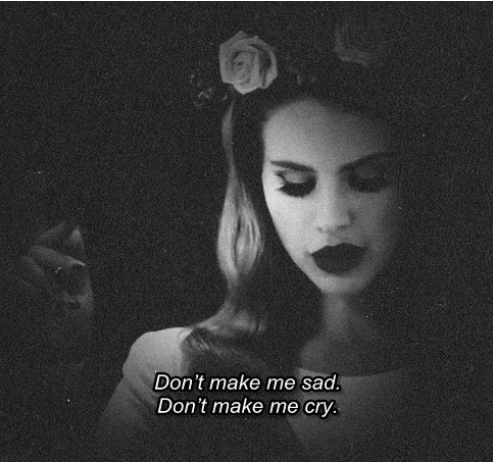
Who is the number one sad girl of current pop culture?
A: Lana del Rey. She’s the queen of Sad Girls right now. She’s doing something really radical and important, I think, she’s complicating the limits between the artificial and the emotional. She’s indulging in her own myth, her own immaterial nature as an icon. It’s very Warholian. She references all these iconic Sad Girls all the time, but she’s less inspired by Marilyn Monroe herself as she is the proliferation of Marilyn through every aspect of American culture, you know? She’s the gangster Marilyn t-shirts they sell in Downtown LA. She lives in that highly eroticized, highly commodified position of the already-dead. I love how all of her songs sound the same. I love how she deleted her Facebook account of Lizzy Grant the day before the first Lana video was put up on YouTube. I love how she made a video where she played both Marilyn and Jackie O — talk about complicated resistance! That’s what every girl wants to be: Jackie and Marilyn simultaneously. We identify with the limitlessness of the beautiful corpse. Lana gives us permission to be everything and nothing at the same time. I really love her.
Who are your personal sad girl icons?
A: It’s a long list. Right now, I’m gravitating towards Isabella Blow (who swallowed a lethal amount of weedkiller after telling her friends she was going shopping), Zelda Fitzgerald (who burned to death in a fire that overtook her mental hospital), Ana Mendiata (who ‘fell’ from the window of the 34th floor apartment she shared with husband, Carl Andre), and the classic Virginia Woolf (who walked into the river Ouse with stones in her pockets).
What is the strangest thing that ever made you cry?
Life is a vale of tears, I don’t think crying is ever strange. There’s always a good reason.
How often, on average, would you say you cry?
Daily. Sometimes hourly.
Do you think being sad is trendy right now?
I think being sad has always been a huge impulse and motivator for, like, a billion different subcultures. Those subcultures rotate in and out of popular favor, and yes, right now being depressed is having a moment as part of our vernacular and humor, for sure. I’m not sure if that is because anyone is any sadder than they have always been, or if our means for expressing that sadness has just become more quippy — like, I can tweet about how depressed I am instead of writing a sonnet in iambic pentameter. What’s interesting to me about this trend in internet-sorrow is how localized it is in the digital. We spend a lot of time talking about how we want to kill ourselves over social media, but when was the last time all of your friends got together and cried? We still participate in upholding the idea of “happiness” as a goal or object that can be worked for, something you “earn”. It would be cool if we could abandon that idea and just chill with our misery.
A: “River” by Joni Mitchell
Do you find crying erotic?
A: Yes, very much so. A lot of my work has been about sadness as a type of sexual experience, especially the book that I published earlier this year called Erotics 2. One of my biggest sexual fantasies is someone licking up my tears as I cry. I cry after having sex every time, either in the bathroom or when the person leaves. Sometimes the after-cry feels like another type of orgasm.
Did this interview make you sadder?
A: Talking about myself always makes me feel tragic.
A PARTIAL PRESENTATION OF SAD GIRL THEORY NO. 1 will be on display at Sunday Los Angeles this Saturday, June 21st from 7-10pm.
Related Posts
-
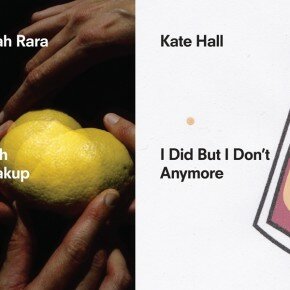 [CULT TALK] Kate Hall and Sarah Rara Have New Books Coming Out On Hesse Press
[CULT TALK] Kate Hall and Sarah Rara Have New Books Coming Out On Hesse Press
We love Hesse Press, and not just because we are mildly to moderately obsessed with its co-founder, the beautiful and brainy Clare Kelly, who along with her partner John Wiese, launched the press last year (what's it called when you're just… -
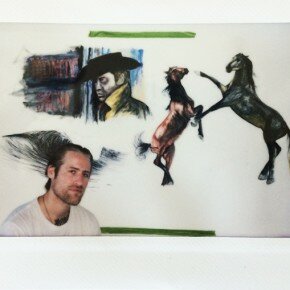 [CULT TALK] Matt “Manface” McCormick
[CULT TALK] Matt “Manface” McCormick
photo by Yasi Salek I don't think this interview with Matt "Manface" McCormick needs much by way of introduction, but I do want to drop in a few things about the 28 year old artist… -
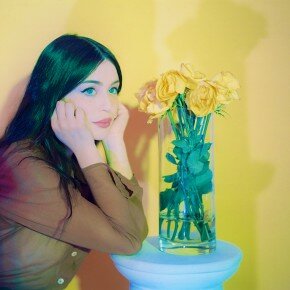 [CULT TALK] Artist Ariana Papademetropoulos
[CULT TALK] Artist Ariana Papademetropoulos
photo by Adi Rajkovic I found Ariana Papademetropoulos’ paintings on Instagram. Someone in my feed posted a few pictures from the opening of her show “Wallflower at the Orgy” of some of her fluid, florid…




![[BEST VIDEO EVER] White Lung “In Your Home” Plus Interview With Director Justin Gradin](/wp-content/plugins/featured-post-with-thumbnail/scripts/timthumb.php?src=/wp-content/uploads/2014/07/Thumb.png&h=73&w=73&zc=1)
![[TRUE STORY] I’m Having Growing Pains (No Kirk Cameron)](/wp-content/plugins/featured-post-with-thumbnail/scripts/timthumb.php?src=/wp-content/uploads/2012/02/Growing-Pains.jpg&h=73&w=73&zc=1)
![[FUCK MARRY KILL] Charli XCX](/wp-content/plugins/featured-post-with-thumbnail/scripts/timthumb.php?src=/wp-content/uploads/2012/03/charli-xcx-cultist1.jpg&h=73&w=73&zc=1)
![[CULT TALK] Season of Glass: Alexis Penney](/wp-content/plugins/featured-post-with-thumbnail/scripts/timthumb.php?src=/wp-content/uploads/2014/01/alexispress5.jpg&h=73&w=73&zc=1)
3 comments
12122 says:
Jun 19, 2014
ReplyInteresting but I think it is important to note that Ana Mendieta did not take her own life but rather was murdered by Carl Andre. I believe jumping and being pushed out of a window are radically different. Of course, in many ways her work and life could be understood as a resistant politics with similar coordinates to the “sad girl” but also like kinda different ya know???
Jon says:
Jul 1, 2014
ReplyRead the sentence again.. fell is in quotes.
Rachel says:
Nov 17, 2014
ReplyYes, it’s in quotation marks. I agree that the connotation/context is that she jumped, rather than was pushed.